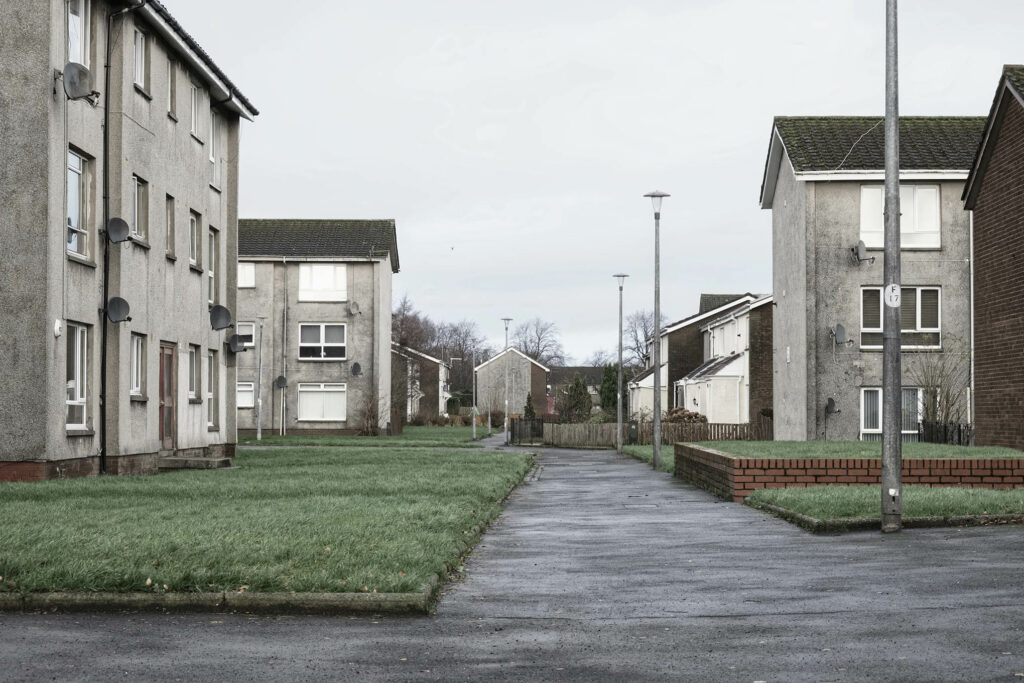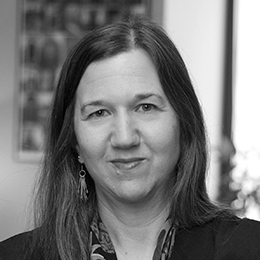Economic inequalities are at the forefront of many debates, concerns and policy challenges.
A panellist’s introduction, by Robert Joyce
While the scope of the IFS Deaton Review extends well beyond these, inequalities in income, wealth and other aspects of material circumstances are a core element of what any review of inequality needs to consider. A rich set of studies helps us to do that. They also set the backdrop for – and should be read in conjunction with – many other studies that analyse the underlying patterns and trends in more detail. These include, or will include, studies on labour markets, firms, taxes and top incomes, transfers, geographic inequalities, gender inequalities and racial inequalities.
A chapter written by Pascale Bourquin, Mike Brewer and Thomas Wernham gives a systematic overview of the state of economic inequality in the UK, and trends therein, with a focus on the role of both incomes and wealth. This is complemented by two commentaries. Janet Gornick puts some key features of the UK experience in an international context, highlighting the ways in which our income distribution is and is not distinctive when compared with other developed economies. Stephen Jenkins provides several compelling reasons why there is not, and cannot be, a simple and straightforward answer to the question of “what’s happening to inequality?” (even if we restrict ourselves to the economic elements). He surveys issues including (but not limited to) trends at different points of the distribution, individual versus household level measurement and assumptions related to each, and different concepts of income.
A central message from the Bourquin, Brewer and Wernham chapter is that trends in summary measures of income or wealth inequality do not capture the key developments in economic inequality in the UK over the past few decades. Those measures of inequality have changed little, but the world has changed a lot. Perhaps the most striking development is the rapid growth of wealth relative to income, driven by rising asset prices alongside a long-term stagnation in earnings. This is having big consequences. The economic prospects of young generations are struggling to match, let alone exceed, those of their predecessors – a remarkable social change. And we risk an acceleration of recent declines in social mobility as inherited wealth becomes an increasingly important part of lifetime resources. Summarising some of the key findings:
- Rapid rises in wealth for those who already owned some wealth has coincided with a long-term stagnation in earnings. This slow-down in earnings has meant that younger generations can no longer expect to see greatly improving living standards as they age. For example, typical income for those born in the 1940s and 1950s approximately doubled, in real terms, in a 25-year period beginning from the age of 25 or 30. Those born in the 1960s saw a rise of around a half from age 25 to 50; on current trends, those born in the 1970s will see a rise of less than a quarter over 25 years.
- Because wealth has been growing much faster than income, it is becoming harder for working families to save enough to climb the wealth distribution. In 2008, it took 10 years’ worth of typical full-time gross earnings to move from the middle to the top of the wealth distribution. By 2018, this had increased to almost 16 years.
- The huge growth in house prices has contributed to collapsing rates of homeownership and is acting to push up the amount of the country’s wealth held by older generations: prior to the pandemic, over 60% of household wealth was owned by people aged 55 or over. People born in the 1980s have had lower rates of homeownership than all cohorts born from the 1940s onwards.
-
- Only 36% of those born in the 1980s were homeowners by age 30, compared to 55% of those born in the 1970s and over 60% of those born in the 1950s and 1960s.
- Half of middle-income working adults are renting. In that sense, they are now more like those on the lowest incomes than those on the highest incomes. The difference between the homeownership rates of the middle (50%) and top (73%) of the working-age income distribution has not been greater since consistent data became available during the 1960s.
-
- The pandemic and its aftermath may well have increased wealth, and wealth inequalities, further. Increases in saving were greatest for the most well-off and rises in asset prices also benefited them.
- Today’s intergenerational inequality may be tomorrow’s lack of social mobility. With large rises in wealth combining with long-term stagnation of working-age incomes, inherited wealth is becoming increasingly important for the lifetime economic resources of young generations. Parental wealth is becoming more important in determining how much money you have.
The likely impediment to social mobility from rising dominance of wealth over income would tend also to impede the narrowing of longstanding economic inequalities between groups. For example, there remain large wealth differences between ethnic groups, and closing such a gap materially will be harder if the wealth passed down from the generation above is growing relative to the incomes of the receiving generation.
As discussed at the outset, each of the two commentaries adds further richness to our understanding of the UK’s economic inequalities, and underlines the value of avoiding over-reliance on simple summary measures. For example, Janet Gornick highlights how it is the top part of the UK’s income distribution that is unusually unequal when compared to other developed economies, while the gap between the bottom and the middle of the distribution is fairly typical. She also highlights the remarkable shift in the UK’s low income population, over several decades, away from the elderly and towards working-age families – a change in the concentration of economic resources only underlined further by trends in wealth, as highlighted by the chapter.
Stephen Jenkins’ piece is a tour de force of some of the most important assumptions, measurement issues and nuances behind the measurement of economic inequality, focusing largely on income inequality. To summarise just two of the points he makes: first, the difference between those with the very highest incomes and those with merely quite high incomes is huge, and, second, in recent decades the difference between trends in incomes in those two parts of the distribution has also often been larger than the differences in income growth seen when comparing other parts of the distribution. As a result, the treatment of top incomes matters not only for attempts to summarise the “overall” level of income inequality, but also for drawing conclusions about how income inequality is changing. As Jenkins sums up: “the more sensitive you are to changes at the top of the distribution, the less plausible is the claim that UK income inequality has not changed for 30 years.” Another crucial issue he discusses is that of within-household income inequalities. The evidence we have on these inequalities suggests that they are very likely declining, as one might expect given the partial convergence of labour market outcomes between men and women. This is clearly a crucial kind of inequality in its own right, but is once again obscured entirely by standard income inequality measurement which focuses on household-level measures of income.
A theme that emerges from all three contributions is the need to go well beyond commonplace summary statistics, such as Gini coefficients. If we are to make contact with what actually drives people’s concerns, it is likely that we want to know how different groups in society are doing relative to each other, whether there are small groups at the top or bottom who are becoming increasingly far apart from everyone else, the relative importance of income and wealth, the sources of income and wealth that are driving (trends) in inequalities, and so on. Ginis and other similar measures typically help with none, or very little, of that. Underlying the stability of many common inequality statistics in recent decades are many important changes to the nature of economic inequality.












